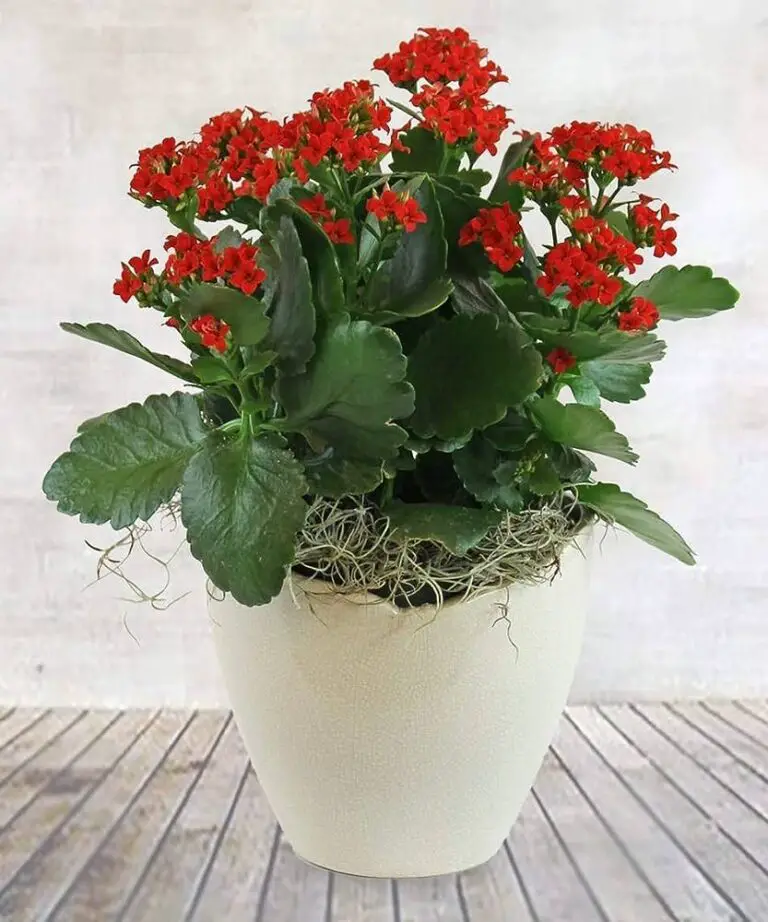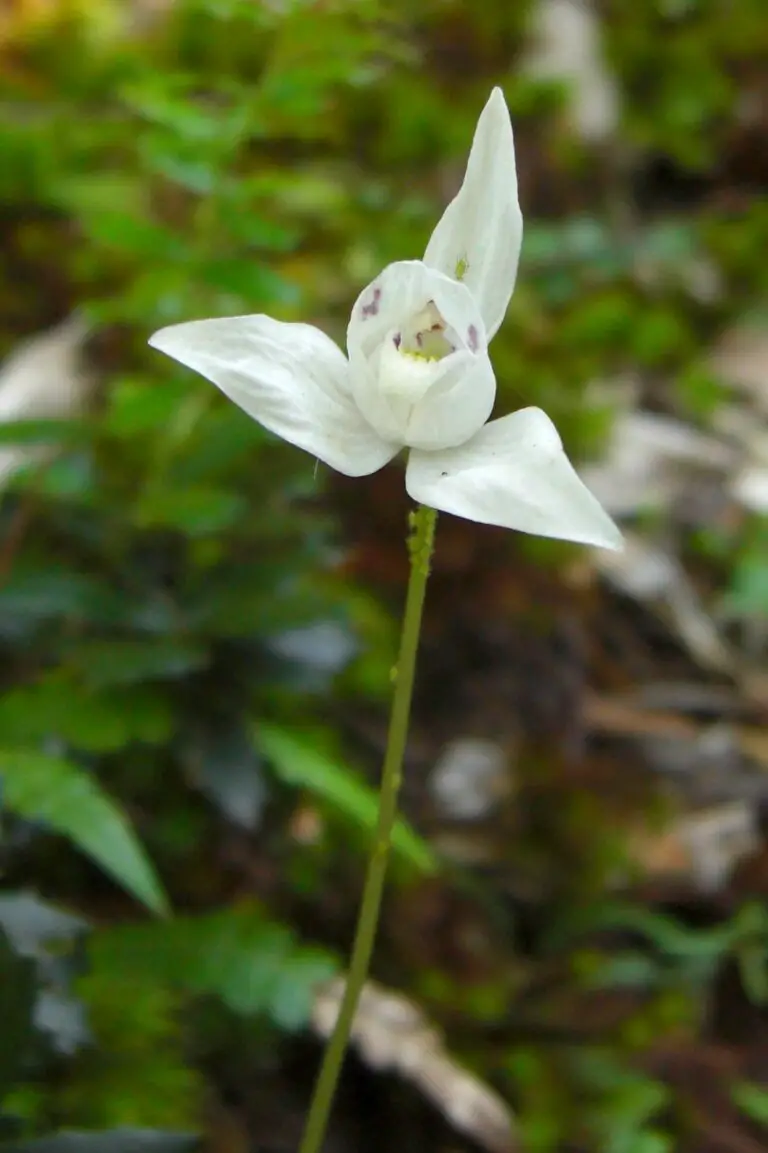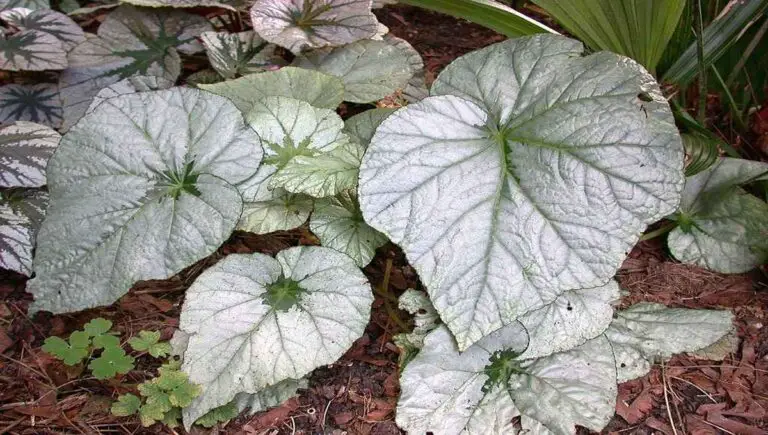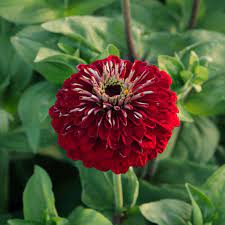Introduction
When it comes to adding a touch of elegance and allure to your garden, few things can match the beauty of purple bell-shaped flowers. These exquisite blooms come in various shades of purple, from deep violet to soft lavender, and they have the ability to transform any garden into a breathtaking sight. In this article, we will explore eight stunning plants that boast purple bell-shaped flowers. We will delve into each plant’s unique characteristics, cultivation tips, and how you can care for them to ensure their vibrant beauty thrives in your garden.
Table of Contents
- Bellflower (Campanula) – A Delicate Beauty
- Lavender (Lavandula angustifolia) – A Fragrant Elegance
- Foxglove (Digitalis purpurea) – Majestic and Bewitching
- Giant Allium (Allium giganteum) – The Dramatic Ornamental
- Morning Glory (Ipomoea purpurea) – A Lively Climber
- Bluebell (Hyacinthoides non-scripta) – A Wildflower Charm
- Aconitum (Aconitum napellus) – Mysterious and Dangerous
- Heather (Calluna vulgaris) – A Carpet of Color
Bellflower (Campanula) – A Delicate Beauty
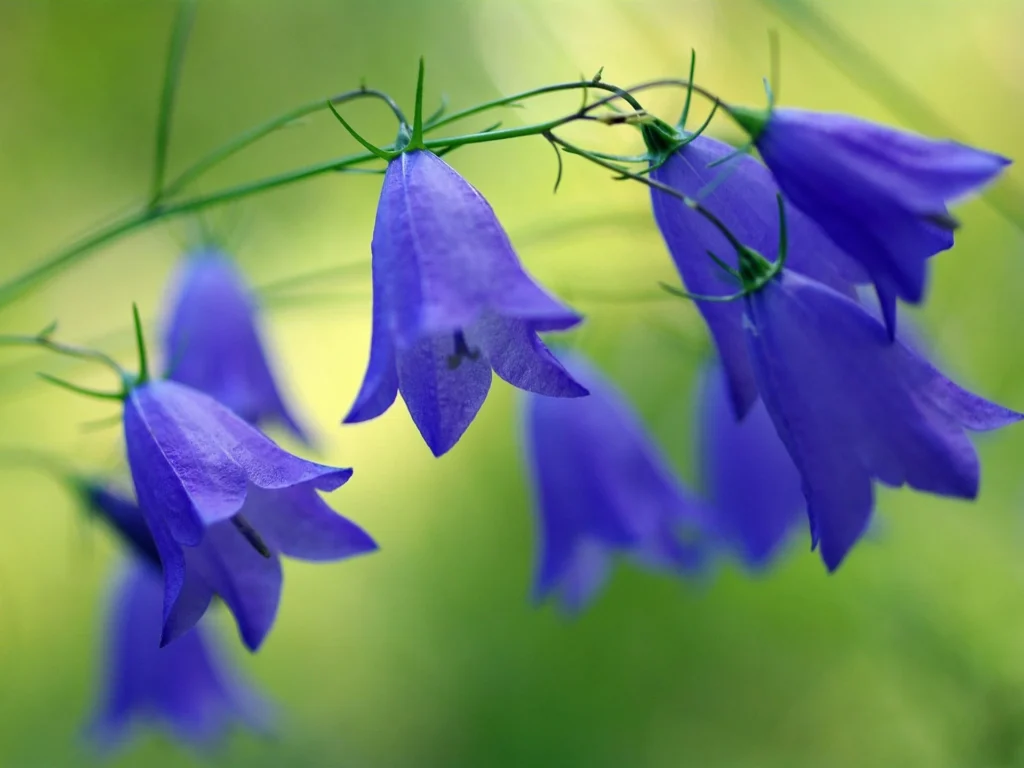
The Bellflower, also known as Campanula, is a delicate and charming plant that boasts bell-shaped flowers in varying shades of purple. Its dainty appearance makes it a popular choice for adding a touch of elegance to borders, rock gardens, and containers. The Bellflower thrives in well-draining soil and requires moderate sunlight to bloom in all its glory.
Lavender (Lavandula angustifolia) – A Fragrant Elegance
Lavender is not only famous for its soothing fragrance but also for its enchanting purple bell-shaped flowers. This perennial herb adds elegance to any garden with its slender, aromatic stems and vibrant purple blooms. Lavender requires full sun, well-drained soil, and minimal water, making it a resilient and low-maintenance plant.
“Indoor Gardening With Cape Primrose: Tips For Success”
Foxglove (Digitalis purpurea) – Majestic and Bewitching

The Foxglove is a majestic and bewitching plant that showcases tall spikes adorned with drooping, tubular purple flowers. This biennial or short-lived perennial adds a touch of enchantment to cottage gardens and woodland areas. However, it’s important to note that while the Foxglove is a sight to behold, all parts of the plant are toxic and should be handled with care.
Giant Allium (Allium giganteum) – The Dramatic Ornamental
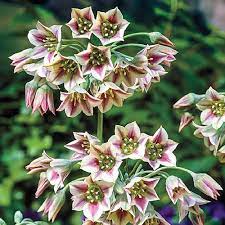
The Giant Allium stands true to its name, as it produces impressive globes of tiny purple bell-shaped flowers that create a stunning visual display in gardens. This ornamental onion is not only attractive to the eyes but also a favorite of pollinators like bees and butterflies. The Giant Allium thrives in well-drained soil and requires full sun exposure.
Morning Glory (Ipomoea purpurea) – A Lively Climber
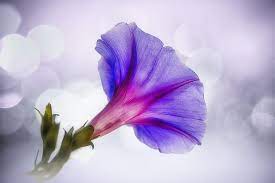
Morning Glory is a lively and vigorous climber that showcases vibrant purple bell-shaped flowers each morning, hence its name. This annual plant is perfect for adding vertical interest to trellises, fences, or arbors. Morning Glory thrives in rich, moist soil and loves soaking up the sun, providing a burst of color and life to any garden.
Bluebell (Hyacinthoides non-scripta) – A Wildflower Charm

The Bluebell is a charming and delicate wildflower that graces gardens with its nodding, bell-shaped, blue-purple flowers. This native plant is a symbol of spring and adds a touch of natural elegance to woodland settings. Bluebells thrive in shaded areas and prefer moist, well-draining soil.
Aconitum (Aconitum napellus) – Mysterious and Dangerous
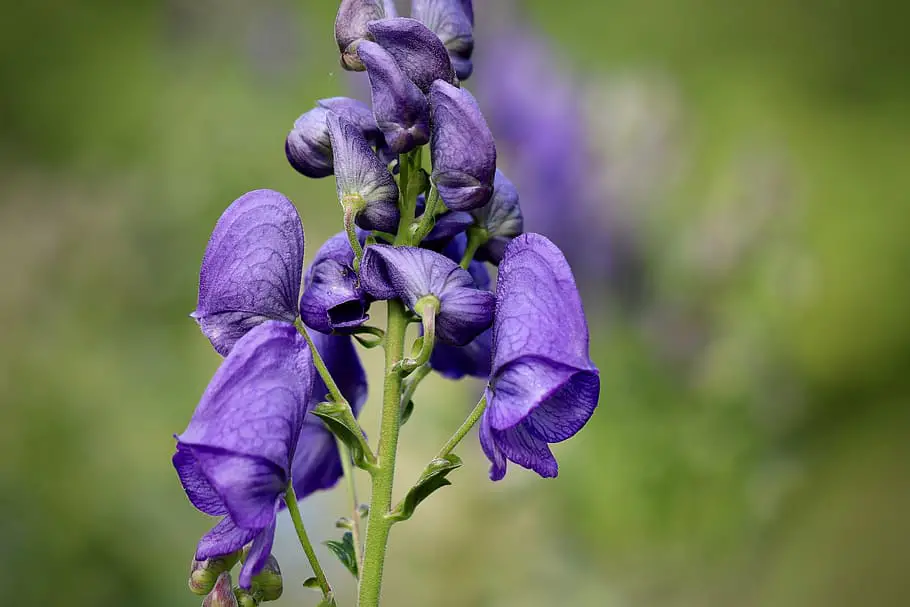
Aconitum, also known as Monkshood or Wolf’s Bane, is a striking perennial known for its hooded, purple-blue bell-shaped flowers. However, despite its beauty, Aconitum is highly toxic, and its handling requires caution. This enigmatic plant prefers moist soil and partial shade, making it an intriguing addition to shadowy corners of the garden.
Heather (Calluna vulgaris) – A Carpet of Color
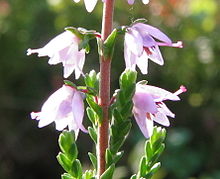
Heather is a low-growing shrub that provides a carpet of purple bell-shaped flowers in late summer and autumn. This hardy plant is perfect for adding year-round interest to gardens and is often seen in rock gardens or as ground cover. Heather thrives in well-draining, acidic soil and requires minimal maintenance.
Conclusion
Incorporating plants with purple bell-shaped flowers into your garden can elevate its aesthetic appeal and create a truly mesmerizing sight. From the delicate charm of Bellflowers to the enigmatic allure of Aconitum, each of these eight plants brings something unique to the table. Ensure you understand the specific requirements and care guidelines for each plant to enjoy their captivating beauty to the fullest.
FAQs
- Are purple bell-shaped flowers suitable for any garden style?
- Absolutely! Purple bell-shaped flowers can add elegance and charm to various garden styles, from cottage gardens to formal landscapes.
- Do all parts of the Foxglove plant contain toxins?
- Yes, all parts of the Foxglove plant, especially the leaves and flowers, contain toxic compounds and should be handled with care.
- Can I grow Morning Glory in a container on my balcony?
- Yes, Morning Glory is well-suited for containers and can thrive on a sunny balcony with proper support for climbing.
- How often should I water Heather plants?
- Heather plants prefer slightly moist soil, so water them regularly, especially during dry spells, but avoid waterlogging.
- Are Giant Alliums attractive to pollinators?
- Yes, Giant Alliums are not only attractive to humans but also beloved by bees and butterflies, making them beneficial to pollinators.

